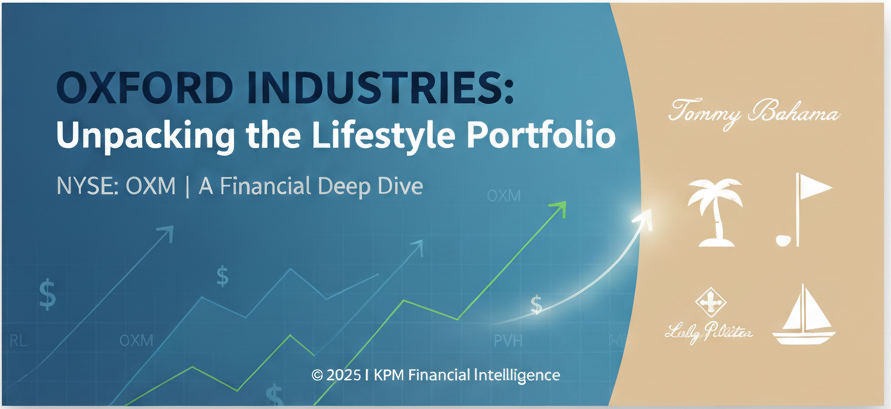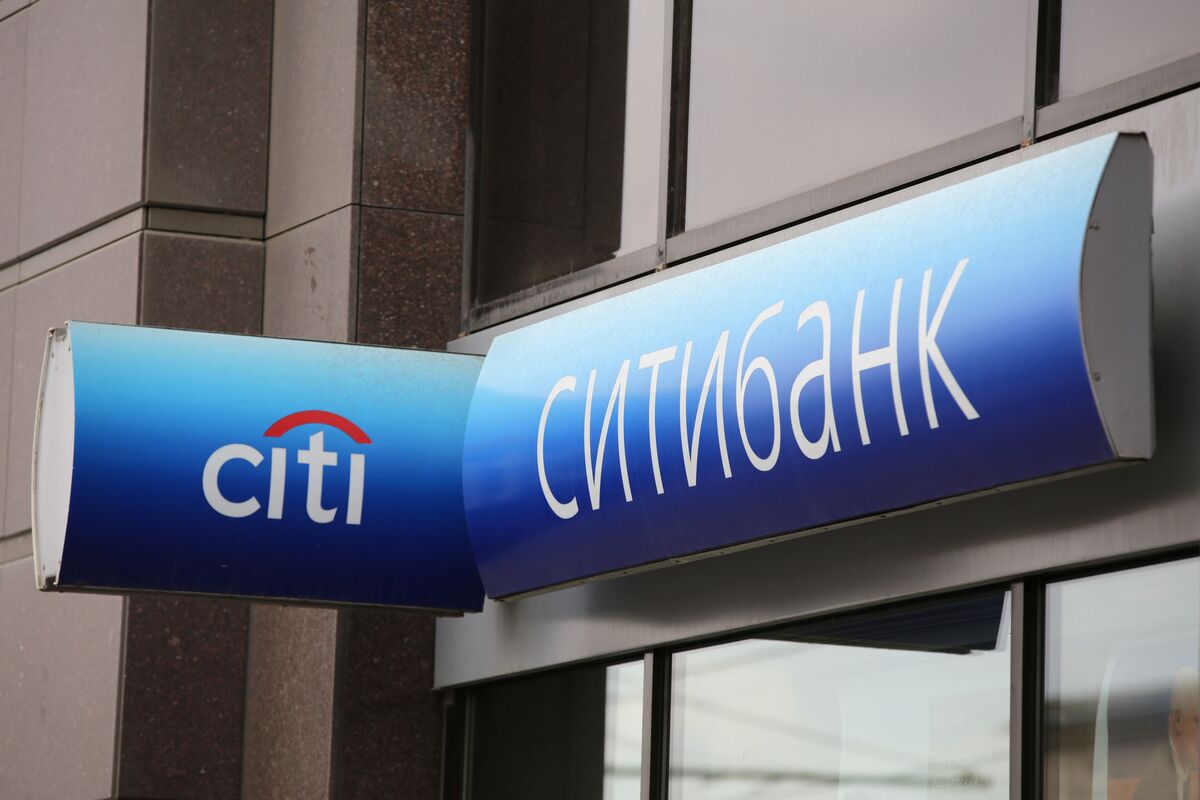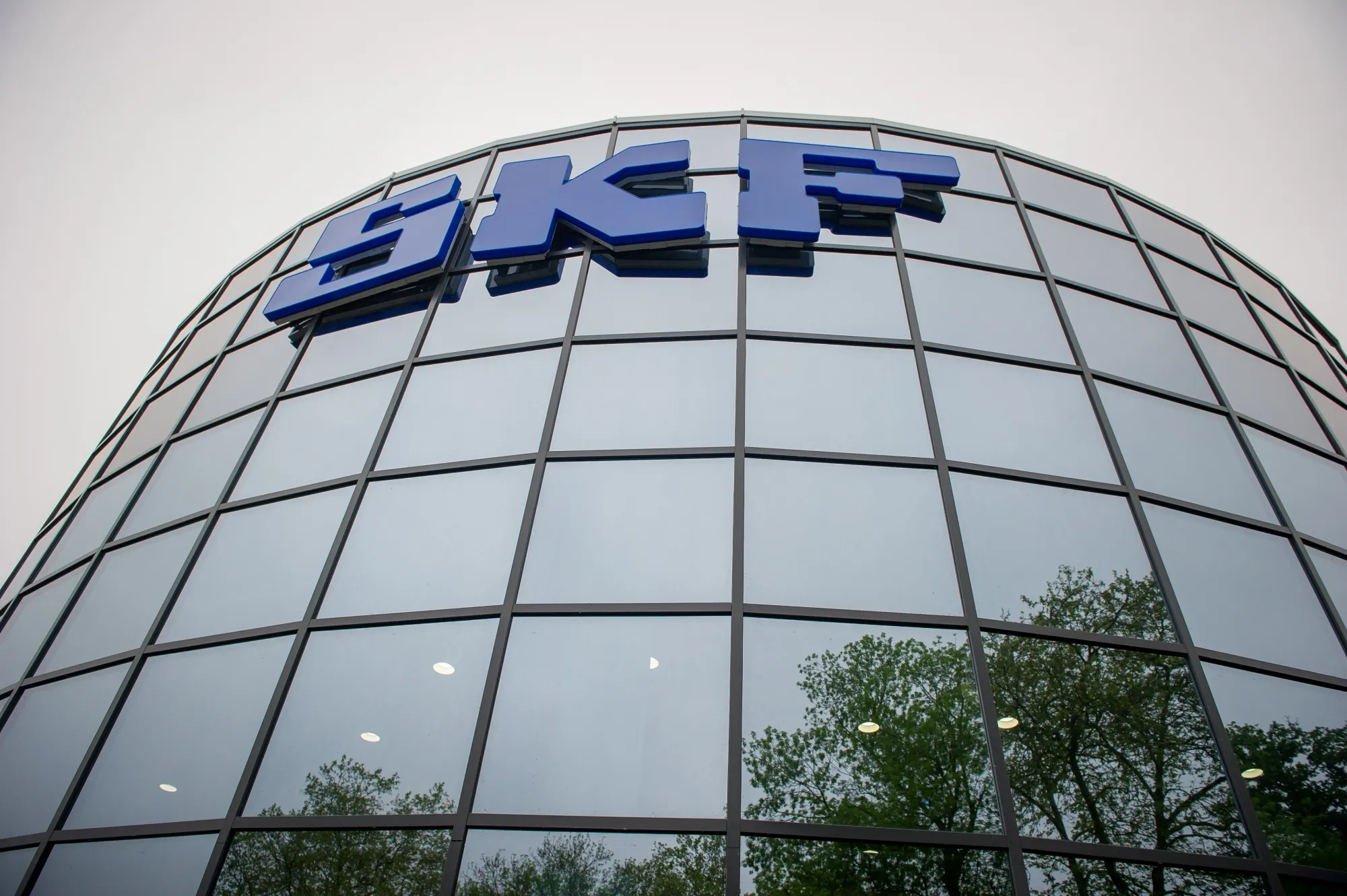Why Oxford Industries May Be an Undervalued Retail Play
Oxford Industries (NYSE: OXM) beat Q2 profit forecasts, lifting shares 14%. Strong tariff mitigation protected margins as core brands softened and Emerging Brands grew 17%. With low leverage and 10x P/E, OXM offers re-rating potential if brand momentum stabilizes.

Cheap but Resilient
Oxford Industries (NYSE: OXM) is an Atlanta-based apparel company best known for its lifestyle brands Tommy Bahama, Lilly Pulitzer, and Johnny Was. In its second quarter, the group beat earnings expectations as tariff mitigation efforts protected margins despite softer sales, sending shares up nearly 14% on more than double average trading volume. Adjusted earnings per share came in at $1.26, seven cents ahead of consensus, while revenue fell 4% year over year to $403 million, slightly below forecasts. By reaffirming full-year guidance, management signaled confidence in navigating both tariff pressures and subdued discretionary demand.
The highlight of the quarter was margin resilience under tariff stress. Gross margins held steady at 58% even with nearly $80 million in annual tariff exposure. Oxford has already offset about half of this burden by pulling forward inventory receipts, diversifying sourcing away from China, and selectively raising prices. These strategies mirror moves by global heavyweights like Inditex (ITX.MC) and H&M (HM-B.ST), underscoring that a mid-cap U.S. retailer can execute supply chain shifts with the same discipline as its larger peers.
Still, the sales mix exposes structural weaknesses. Tommy Bahama sales fell 6.6%, Lilly Pulitzer slipped 1.5%, and Johnny Was declined 9.7%, leaving growth to come from the smaller but expanding Emerging Brands segment, which rose 17% to $38.5 million. Unlike Ralph Lauren (RL), which derives nearly one-third of revenue from Asia, or PVH (PVH), which has balanced exposure across North America and Europe, Oxford remains overwhelmingly dependent on U.S. consumers. That leaves it less exposed to foreign exchange volatility than European peers but more vulnerable to domestic discretionary cycles.
Macro trends sharpen this trade-off. A strong dollar lowered sourcing costs, helping Oxford defend margins, but it also capped the upside of potential international sales. European rivals face the reverse: translation losses that cut reported earnings even as underlying demand holds. For globally allocated investors, Oxford’s U.S. concentration is both a stabilizer, through reduced FX exposure, and a risk, through reliance on a cautious U.S. consumer.
Financially, Oxford has room to maneuver. With net debt/EBITDA below 1.0x, free cash flow yield near 8%, and a dividend yield of ~2% supported by a conservative payout ratio, the company enjoys more flexibility than PVH or H&M, which operate with higher leverage or thinner cash coverage. That balance sheet strength gives management the optionality to accelerate buybacks or pursue bolt-on acquisitions to reinforce growth.
Valuation makes the investment debate clear. At 10x forward earnings, Oxford trades at a steep discount to Ralph Lauren (~15x), PVH (~12x), H&M (~19x), and Inditex (~21x). The discount reflects doubts about core brand momentum, but tariff mitigation, disciplined inventory management, and balance sheet resilience suggest the market may be overly cautious. Even modest stabilization could justify a re-rating closer to peer averages.
Catalysts are approaching. Holiday-season comps above 2% would likely force upward revisions to guidance. Gross margin updates in Q3 will test whether tariff offsets remain sustainable. Meanwhile, capital allocation decisions — whether through bigger buybacks or selective acquisitions — could change the narrative from defensive survival to proactive growth.
Suggested Management Action Plan Matrix
The table below outlines a strategic action matrix designed to guide Oxford Industries’ management in addressing current challenges, unlocking growth opportunities, and closing the valuation gap with peers.
| Strategic Priority | Current Challenge | Proposed Action | Expected Financial Impact | Timeline |
|---|---|---|---|---|
| Core Brand Revitalization | Tommy Bahama (-6.6%) and Johnny Was (-9.7%) sales decline, brand aging | Refresh product mix, target younger demographics via digital drops & collaborations; enhance e-commerce storytelling | Revenue stabilization; improved comps (+1–2% annually) | 12–24 months |
| Emerging Brands Growth | Small base ($38.5M vs $403M group sales) despite +17% growth | Focus on high-margin categories; selective global rollout in resort/tourism hubs (Dubai, Singapore, Caribbean) | Growth engine contributing 15–20% of revenue in 5 years | 18–36 months |
| International Expansion | Over-reliance on U.S. consumer (90%+ sales exposure) | Establish flagship stores in key leisure destinations; explore JV partnerships in Asia & Middle East | Diversified revenue stream; FX risk offset; potential +5% top-line contribution | 24–48 months |
| Capital Allocation | Cash-rich balance sheet (Net debt/EBITDA <1.0x; FCF yield ~8%) but limited deployment | Opportunistic buybacks; bolt-on acquisitions in swimwear, leisure footwear, accessories | EPS accretion; faster diversification; multiple expansion | 12–24 months |
| Supply Chain Resilience | Reliance on tariff mitigation via inventory pulls (unsustainable long term) | Broaden sourcing into Central America & Africa; leverage U.S. trade deals (e.g., AGOA, CAFTA-DR) | Margin protection of 100–150bps; lower tariff risk | 12–36 months |
| Investor Communication | Valuation discount (10x P/E vs peers 15–21x); unclear long-term strategy | Present 3-year roadmap: brand renewal, Emerging Brands scaling, international growth | Close valuation gap; potential re-rating to ~12–13x P/E | 6–12 months |
Bull vs Bear Case
The bull case: With a forward P/E of 10x, free cash flow yield near 8%, and leverage under 1.0x, Oxford offers asymmetric upside if core brands stabilize. A re-rating even halfway toward Ralph Lauren’s 15x multiple implies 20–30% share price appreciation.
The bear case: Continued erosion in Tommy Bahama and Johnny Was may outpace growth from Emerging Brands, leaving Oxford overly exposed to U.S. consumer weakness and capping upside despite margin discipline.
Global Apparel Watchlist
| Company | Ticker | Forward P/E | Gross Margin | Revenue Growth (YoY) | EPS Growth (YoY) |
|---|---|---|---|---|---|
| Oxford Industries | OXM (NYSE) | ~10x | 58% | -4% | +7% |
| Ralph Lauren | RL (NYSE) | ~15x | 64% | +3% | +9% |
| PVH Corp | PVH (NYSE) | ~12x | 61% | +2% | +6% |
| Inditex (Zara) | ITX.MC (BME) | ~21x | 57% | +6% | +12% |
| H&M | HM-B.ST (STO) | ~19x | 50% | +5% | +8% |
(Consensus estimates, Q2–Q3 2025; FactSet/Bloomberg)
Final Take:
Oxford Industries lacks the geographic diversification of global peers, but its tariff agility, margin discipline, and strong balance sheet have kept profits intact. The stock’s steep discount reflects brand weakness, but management has levers to pull. If leadership revitalizes core labels, scales Emerging Brands, and selectively expands internationally — while communicating a clearer roadmap — Oxford could close its valuation gap and reposition itself from a defensive to a growth story in discretionary retail.





